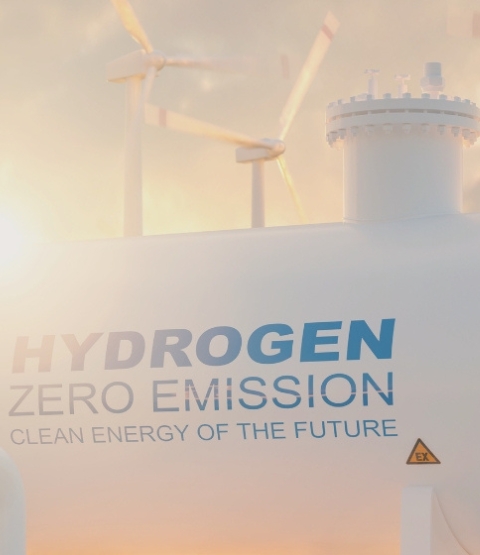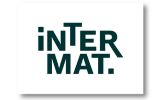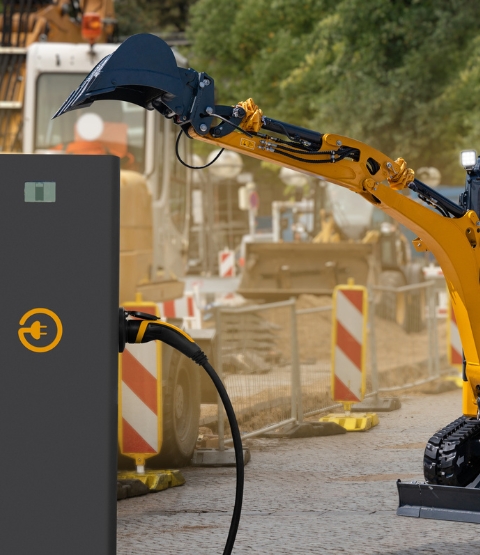
Building Low-Carbon: A Collective Imperative
This systemic shift is already underway. Industry professionals and experts speaking at INTERMAT’s roundtables are clear: new models for construction sites are becoming reality. During the debate on France’s role in climate protection and the development of alternative energies, the speakers shared practical examples. Flore Jachimowicz, CSR & Innovation Director at Icade, reminds us of the goal: “Our priority is the fight against climate change. We must succeed in staying on a 1.5-degree pathway.”
The conversation has shifted from setting targets to achieving results. A prime example is ICADE’s flagship project, the Olympic Village for Paris 2024, which halved CO₂ emissions per square metre (700 kg/m² compared to an average of 1,200 kg/m²). This performance was made possible through a collaborative approach involving architects, manufacturers, and even the logistics chain. Strategic choices—such as the use of river transport, low-carbon concrete, and short supply chains—contributed to a virtuous construction process. Every lever played its part in delivering “a more frugal, greener, and more collaborative construction.”
Regulation: Both a Constraint and a Catalyst for Change
Flore Jachimowicz, Director of CSR & Innovation, member of the ICADE Executive Committee:
Philippe Rivoallan, CEO of ENERIA:
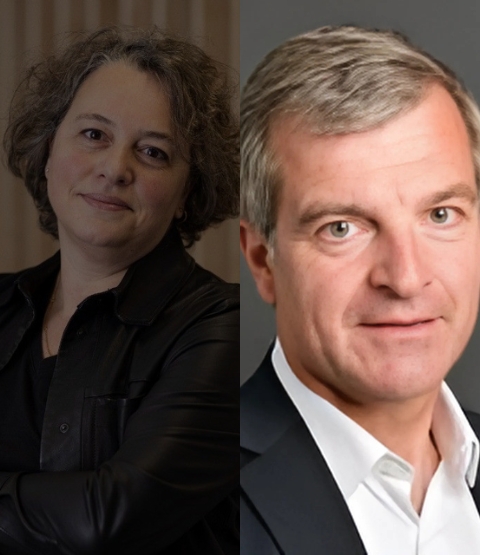
“Regulations will, of course, impact how sites using our machinery are managed in the future,” says Philippe Rivoallan, CEO of Eneria. Regulation forms the backbone of construction and public works projects. It presents a delicate equation: balancing available large-scale solutions, emerging market trends in equipment, and the cost implications on a project’s profitability.
“It’s a platform economy,” says Flore Jachimowicz, which shapes decision-making among stakeholders, “who turn towards these commitments and are compelled by regulations to adopt new standards.”
European taxonomy is a key driver, pushing businesses towards greener operations: “All companies must now justify how they use their investments, and inevitably, banks must also demonstrate that they lend to companies with green achievements. This creates a sort of food chain that pushes everyone upwards.”
By creating scale through regulation, markets expand and, in the long term, the costs of this transition should fall: “We’re heading in the right direction. But I would say the price of these new fuels and their implementation to power our equipment remains a brake—one that won’t disappear overnight.”
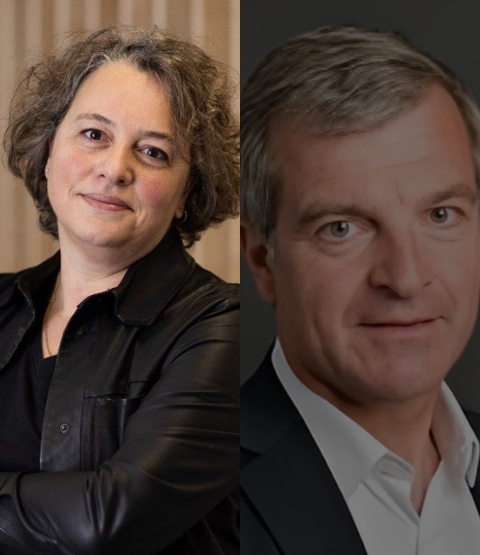
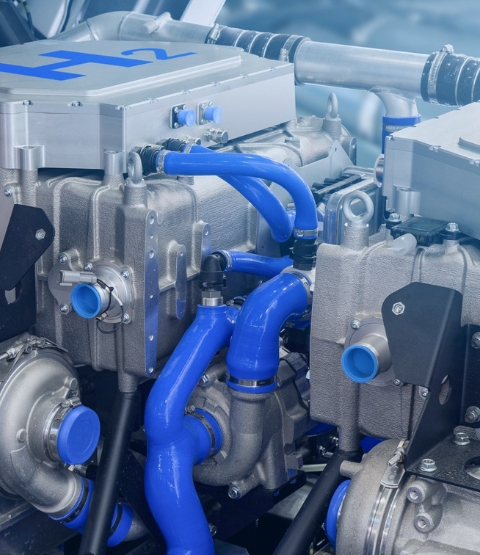
The Energy Mix & the Role of Data
At Eneria, there’s strong belief in hydrogen. CEO Philippe Rivoallan puts it plainly: “Battery electrification won’t be enough for heavy machinery. Hydrogen has a key role to play.” The European Commission agrees. It plans to produce 10 million tonnes of green hydrogen by 2030—a clean energy capable of replacing fossil fuels for high-intensity use. Meanwhile, electrification continues to advance, particularly with mini-excavators, aerial platforms, and power tools—equipment that is easier to adapt during this transition phase. However, another vital lever must not be overlooked: data.
Increasingly precise, it enables better monitoring of consumption, optimised usage, and comparisons of environmental performance between products or worksites. It also includes the more complex “Scope 3” emissions. Implementing internal processes to control one’s own emissions can be done gradually. But, as Rivoallan points out, “What’s more complicated is dealing with what we call Scope 3. These are the emissions from the products we sell to our clients. […] We’re making efforts on both fronts.” This requires a new approach to activity—helping clients decarbonise through the products and services they use.
Data-driven project management is becoming a true lever for action—and a competitive edge for companies that embrace it.
Multifactorial Decarbonisation
By giving a voice to industry professionals, INTERMAT presents a multifactorial vision of decarbonisation. It cannot rely on a single technology—it must result from a combination of factors, collective momentum, and a shared long-term vision. By bringing together manufacturers, engineers, researchers, equipment makers, dealers, rental companies, operators, and local authorities, INTERMAT offers a unique platform to move this transformation forward. It is the place where sustainable construction becomes concrete reality. Where words become projects. Where challenges turn into opportunities.
From 24 to 27 April 2027, INTERMAT returns to Paris Nord Villepinte with a bold ambition: to reinvent construction around sustainable, decarbonised solutions resolutely focused on the future. Don’t miss it!
